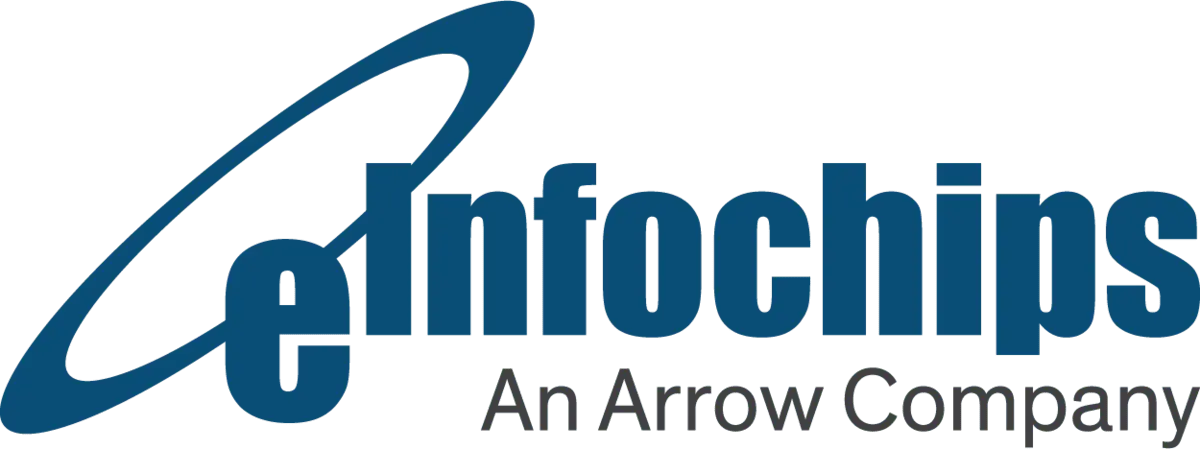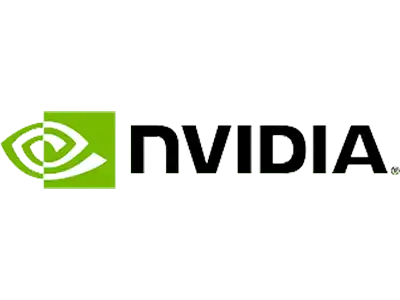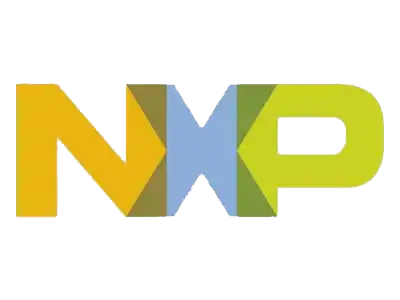ISO 14971 is an international standard that provides a structured approach to risk management for medical devices. The goal is to ensure the safety of medical devices for patients and users by minimizing potential risks.
Risk management is essential for maintaining and guaranteeing patient safety and regulatory compliance in the medical device sector. Manufacturers lower the chance of device failures, thereby protecting patients and users from injury, and making sure their devices adhere to strict regulatory requirements by methodically identifying and managing risks. In addition to avoiding expensive recalls and legal problems, effective risk management helps preserve the confidence of patients and healthcare professionals
Important Terminologies and Definitions
- Hazard: Any cause of injury, such a device’s sharp edge or a software bug.
- Risk: The sum of the likelihood that harm may occur and the seriousness of that harm. For instance, the risk level of a rare equipment malfunction that causes serious harm may be comparable to that of a commonly occurring defect that causes moderate harm.
- Risk Control Measure: Any action, such as design modifications, safety precautions, or user education, that lowers risk to a manageable level.
The Risk Management Process: A Step-by-Step Breakdown
Risk Analysis:
- Identify dangers: Consider the medical device’s intended use, potential abuse, and the environment in which it will be utilized to identify all possible dangers.
- Estimate Risks: Consider the likelihood of the occurrence and the possible seriousness of harm when estimating the risks associated with each hazard that has been identified.
Risk Assessment:
- Determine the risks: To identify which risks require control, compare the calculated risks with the predetermined risk acceptability criteria.
Risk Control:
- Determine Risk Control Measures: These include protective measures in the device or manufacturing process, safety information (e.g., warnings, precautions), and inherent safety by design. The goal is to decrease risks to tolerable levels
- Evaluation of Residual Risk: After putting the risk control measures in place, assess if the remaining risks are acceptable
Review of Risk Management:
- Evaluation Procedure: To make sure that all the risks have been properly identified, assessed, and controlled, do a thorough assessment of the risk management procedure. The opinions of all the pertinent stakeholders should be included in the documentation for this review.
- Information about Production and Post-Production:
Track and Evaluate: Throughout the manufacturing and post-production stages, keep an eye on the device. To find new hazards or the need for more risk control measures, gather and examine data on the device’s operation, user reviews, and any incidents or unfavorable occurrences.
Identification and Analysis of Risks
Analyzing and identifying risks are crucial steps in managing any threats. Fault Tree Analysis (FTA), Failure Mode and Effects Analysis (FMEA), Hazard Analysis and Critical Control Point (HACCP), and brainstorming are the most commonly used techniques. Assembling a group to generate ideas about hazards while encouraging a variety of perspectives and creative thinking is known as brainstorming. By identifying potential failures and their effects, FMEA is a systematic method for evaluating processes and prioritizing risks. Particularly when it comes to food safety, HACCP is a preventive approach that highlights critical areas where risks can be minimized or avoided. FTA uses Boolean logic to calculate the probability of a top-level event by combining several lower-level events.
Risk Analysis Methods
Risk assessment and estimation are two techniques used in risk analysis. Risk assessment can be qualitative, using phrases like high, medium, or low, or quantitative, using numerical values like probabilities and frequencies. To ascertain if the risks are acceptable or if additional control measures are required, risk evaluation entails comparing these estimated risks against the predetermined acceptability criteria.
Risk Control
Risk control procedures are put in place to lessen risks after they have been recognized and examined. Design adjustments, such as adding safety measures or switching materials, entail changing a product’s or process’s design to remove or minimize risks. Users can take the necessary measures by perusing warning labels and usage instructions, which give them clear information about potential hazards. Administrative controls, such as emergency response plans and safety standards, training programs, rules, and procedures are designed to lower risk. Technical safeguards, such as automated shutdown systems, and safety interlocks, use technology to reduce or eliminate dangers.
Verification of Risk Reduction
The effectiveness of the implemented control measures is ensured by the verification of risk reduction. This comprises testing and validation, which involves laboratory and real-world trials, and clinical evaluation, which assesses the effectiveness and safety of medical procedures or equipment in clinical settings. Assessing the residual risk or the remaining risk, after all control measures have been implemented, guarantees that it is within acceptable parameters.
Communication of Risks
Effective risk communication is necessary to guarantee that all parties involved are informed of potential dangers. Finding the target audience is the first step; this could include patients, medical professionals, and government agencies.
Risk Management Plan
The outcomes of risk analysis, control measures, and the risk management process are all thoroughly described in a complete risk management plan. It also records the residual risk assessment. To maintain the track of document versions and guarantee that the latest information is accessible, document control and versioning are essential. Procedures for routine reviews and updates guarantee that the risk management strategy is current and functional over time.
Probabilistic Risk Assessment (PRA)
A comprehensive and methodical technique for assessing hazards in complex systems is PRA. It entails:
- Determining probable failure scenarios: figuring out what might go wrong.
- Calculating the probability: evaluating each scenario’s likelihood of happening.
- Analyzing the effects: Calculating the impact in the event that the scenario materializes.
PRA is frequently used to increase safety and dependability in sectors like nuclear power, aircraft, and healthcare.
Human Factors Engineering (HFE) in Risk Management
Designing systems with human capabilities and limitations in mind is the main goal of HFE. By designing user-friendly interfaces and procedures, HFE seeks to:
- Reduce human error in risk management.
- Boost performance and safety: By implementing efficient training plans and ergonomic designs.
- Improve user experience by making sure systems are simple to use and light on the brain.
Risk Management for Cybersecurity in Medical Devices
This includes defending medical equipment against cyberattacks. Risk assessment, or identifying potential hazards and vulnerabilities, is one of the essential components.
Implementing security measures like encryption, access limits, and frequent updates are examples of mitigation tactics.
Integrating ISO 14971 with Other Standards (e.g., ISO 13485)
The international standard for medical device risk management is ISO 14971. The following are involved in integrating it with other standards, such as ISO 13485 (quality management systems):
Aligning risk management initiatives with quality management procedures is known as process harmonization.
- Documentation: Maintaining thorough records that satisfy requirements of both standards.
- Continuous improvement: Improving the overall quality and safety by utilizing risk management input.
For one of its clients, eInfochips created a smart display platform that functions as a digital assistant in the operating room, enabling bi-directional communication between the surgeons and nurses using speakers, stereo cameras, and microphone arrays. In addition to developing the technology, eInfochips put strong cybersecurity measures in place and also provided strategic market advice. They guaranteed adherence to FDA 510(k) rules, which are essential for the efficacy of the medical devices and their safety, especially when it comes to mitigating cybersecurity threats.
Furthermore, eInfochips followed ISO 14971 risk management guidelines, which provide a thorough framework for recognizing, assessing, and reducing hazards related to medical devices. Not only are these solutions technologically sophisticated, but they are also safe and adhere to international standards thanks to their all-encompassing strategy. This helps clients navigate the complicated medical device market.













